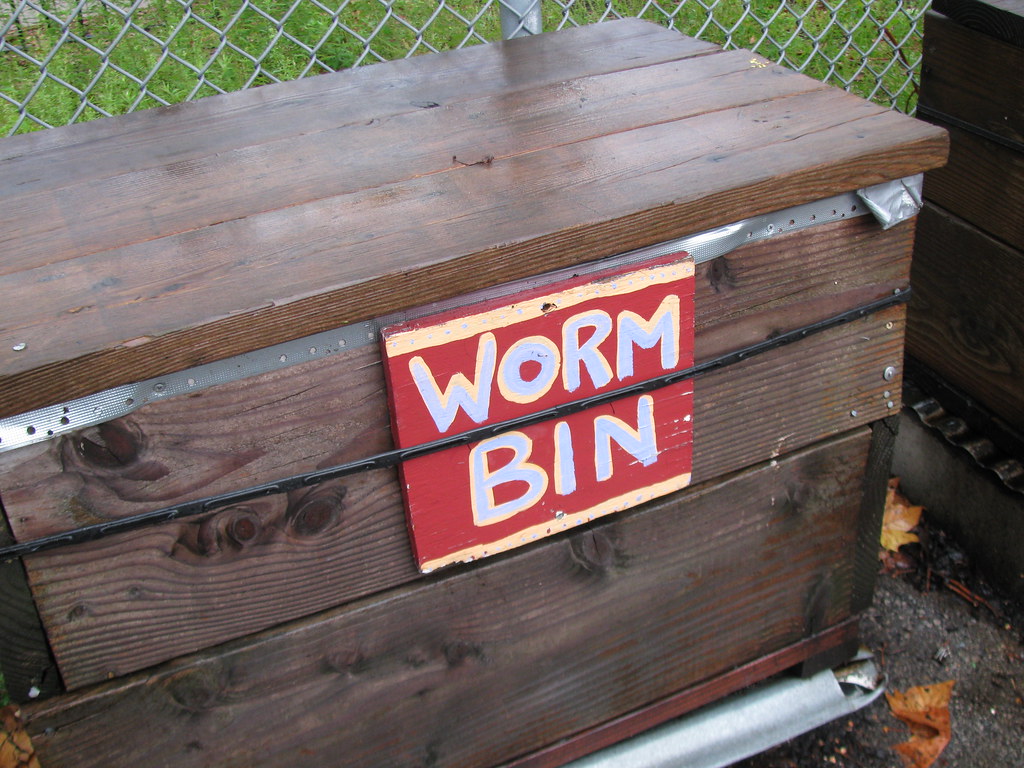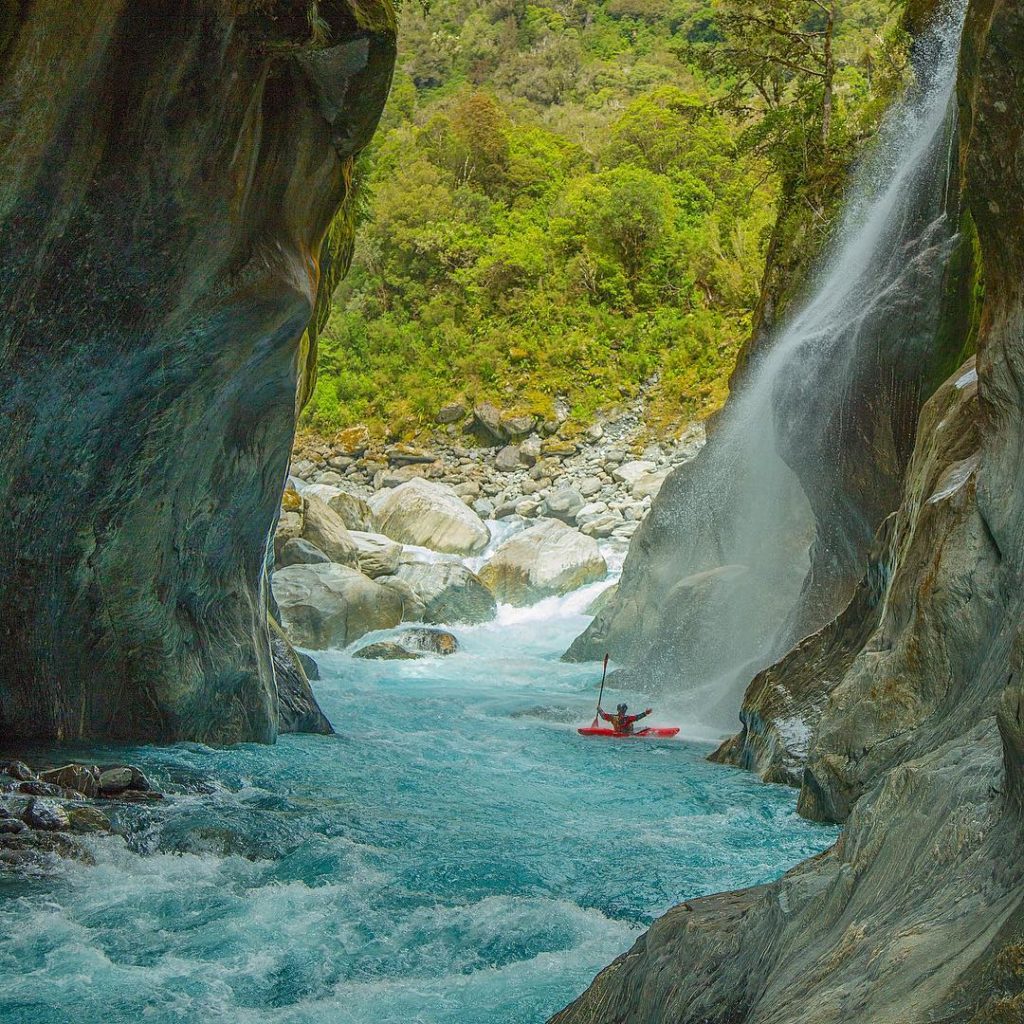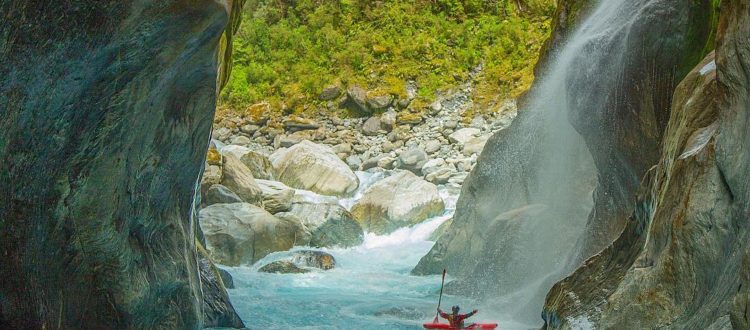How We Can Protect our Local Watersheds
Protecting our watersheds has always been essential to supporting a healthy ecological environment in our respective areas. These crucial ecosystems are composed of forests, plants, animals and wetlands and are what we primarily rely on for natural resources. A healthy watershed provides tons of day-to-day benefits we may take for granted. It allows for:
- Safe drinking water and food
- Producing energy
- Supplying water for households and agriculture
- Conserves water
- Supports sustainable waterways like streams, rivers, lakes and groundwater sources
- Fosters habitats for wildlife and plantlife
Needless to say, their protection and maintenance are paramount to ensuring a healthy lifestyle and economy for our local communities. That’s why it’s important for all of us to contribute to their health through daily conservation habits that will help our watersheds in the long run.

We are proud supporters of American Whitewater – the primary advocate for the preservation and protection of whitewater rivers throughout the United States. Aside from donating and supporting their efforts, are are some other things you can do:
Ways to Pitch in:
1) Conserve water as much as possible:
Taking shorter showers, addressing and fixing leaks, and minimizing water use help lighten the load that our watersheds have to bear. This has a lot of pluses for water users, suppliers and their communities. Essentially, what it does is help lower water delivery/supply treatment costs, which extends wastewater treatment capacity and delays expenses on new supply costs. Energy production also requires water to cool thermal power plants – so apply this technique to electronics as well!
2) Minimize use of fertilizers and chemicals:
This primarily applies to the use of fertilizers outside, but also applies to everyday chemical agents used in-home for cleaning. All of these either absorb right back into the ground or go down the drain and some of the main compounds found in them – nitrogen and phosphorus – can contribute to water quality issues like algal blooms and decline in wildlife. Go organic – 100% natural – if possible. While industrial agriculture shoulders this burden the hardest, it’s also up to us to do what we can to reduce these negative impacts. Plant owners, this may bring forth some complications, but the workarounds are worth it – we promise!

3) Compost!
According to a report from the Institute of Local Self-Reliance, the healthy soil that composting methods help promote actually majorly contributes to a healthy watershed. In this case, healthy soil equals clean watershed. The ways that composting nurtures the soil is by filtering out storm water pollutants by a staggering 60%, while increasing fertility and resilience to floods and droughts. Another great reason to ditch fertilizers – composting helps provide a quality of filtration and absorption that replaces the need for these synthetic compounds and chemicals.
Pro tip: if you have littles, think about investing in a worm bin! They’re super easy to use – way cleaner than you’d think – and a great activity to do with exploring little hands!
These are just a few simple ways to get you going in your effort to help maintain a clean and healthy watershed – and in turn – community, ecosystem and economy. While some habits are hard to break, the impact is exponential if we all work together. There are also some inspirational organizations across the country, many of which are composed of volunteers, that are at the forefront of the battle to keep our watersheds safe.

Center for Watershed Protection
Based in Maryland – they’re a dedicated bunch of experienced scientists, environmental professionals and planners who strongly influence policymakers, municipalities and citizens to keep water clean. What started as a non-profit organization committed to educating the public and encouraging decision-makers to act, has flourished into one the nation’s leaders in stormwater management and watershed planning.
California Healthy Watersheds Partnership
Devoted to monitoring the wellbeing of California’s aquatic systems and waterways, they foster strong partnerships with lawmakers and the local community through transparent, objective research. They’re currently overseeing the Environmental Protection Agency’s (EPA) Healthy Watershed’s Protection Initiative – “a nationwide effort to identify and protect healthy watersheds.”
Colorado Watershed Assembly
A primarily grassroots movement of committed community members, the CWA takes action where local governments come up short. Focusing on local issues, they regularly educate citizens on their necessary stewardship towards maintaining clean watersheds and equip them with the resources to do so.
Environmental Protection Agency
An independent executive agency of the United States federal government, founded in 1970, that’s tasked with overseeing the quality of environment and human health. They write and enact laws that acknowledge the importance of environmental stewardship, from industry to natural resources and the economy. They give grants, sponsor partnerships, educate and study environmental issues on a federal level and have ties with several state programs like a few of the ones listed.
American Whitewater
American Whitewater is a national non-profit 501©(3) river conservation organization founded in 1954 with approximately 6,000 members and 100 local-based affiliate clubs, representing whitewater enthusiasts across the nation. American Whitewater’s mission is to protect and restore America’s whitewater rivers and to enhance opportunities to enjoy them safely. The organization is the primary advocate for the preservation and protection of whitewater rivers throughout the United States, and connects the interests of human-powered recreational river users with ecological and science-based data to achieve the goals within its mission.
While these are just a few of the dedicated organizations leading the fight for sustainability of our water systems and environment, there are still ways we as individuals can get involved. Don’t hesitate to do some research and contact your local organizations to see what type of volunteer or community based action opportunities are available. They would undoubtedly welcome any assistance!

